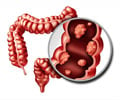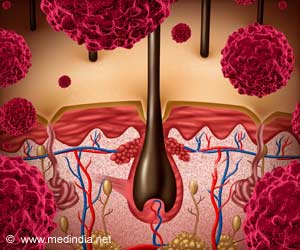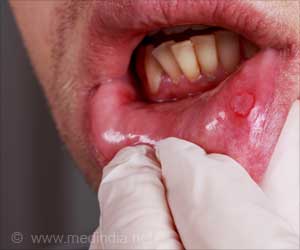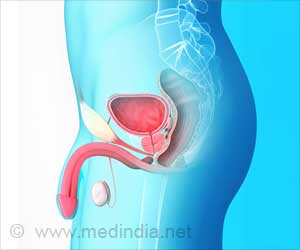In order to understand how basic cellular activities differ between healthy and cancerous cells, scientists label cells with coloured or glowing chemicals.
Existing techniques for labelling cells are either too slow or too toxic to perform on live cells. Now, a study reviewed by Philip Dawson, a member of Faculty of 1000 Biology and leading authority in chemistry and cell biology, describes a novel labelling technique that uses a chemical reaction to make live cancer cells light up quickly and safely.Researchers at Massachusetts General Hospital developed a two-step process to specifically tag cancer cells. First, chemically modified antibodies home in on cancer cells. Then a chemical reaction called cycloaddition transfers a dye onto the antibody making the cancer cells glow when viewed through a microscope.
The novel cycloaddition reaction is fast, very specific, and requires minimal manipulation of the cells. Dawson comments that, in combining antibody binding with the cycloaddition, "low signal-to-noise ratios are achieved". This new labelling technique could be used to track the location and activity of anti-cancer drugs, the location of cancer-specific proteins within the cell, or to visualize cancer cells inside a living organism.
Dawson concludes that cycloaddition will allow scientists to observe live cancer cells in the body, leading to a better understanding of cancer's basic processes.
Source-Eurekalert
RAS













